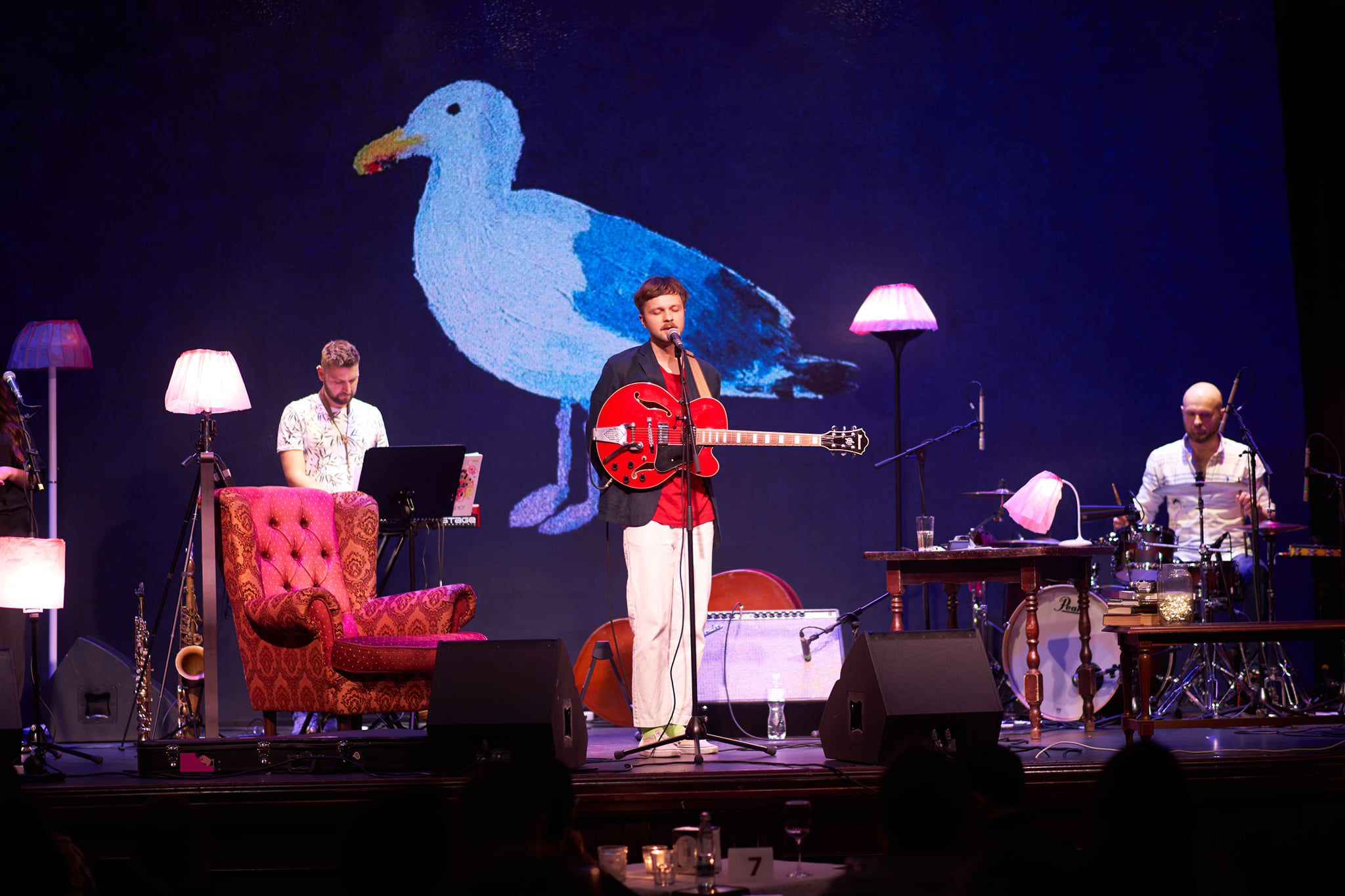Hundreds of patriotic tracks released after February 24 this year have already gone down in history as a manifestation of the impressive unity of Ukrainians during the Russian invasion. However, summer has almost passed outside, the first wave of war songs is on the wane, and the question seems to hang in the air: what’s next?
How can artists express themselves about the war if the time of straightforward manifestos in Ukrainian music is already passing? How to write tracks so that they are not “songs for supermarkets about bayraktars”?
For all those who ask themselves this question, we have prepared step-by-step instructions. We explain how not to waste the historic chance that the war gives its Ukrainian performers at great cost.







